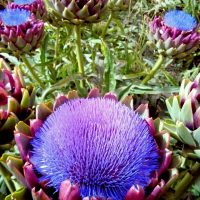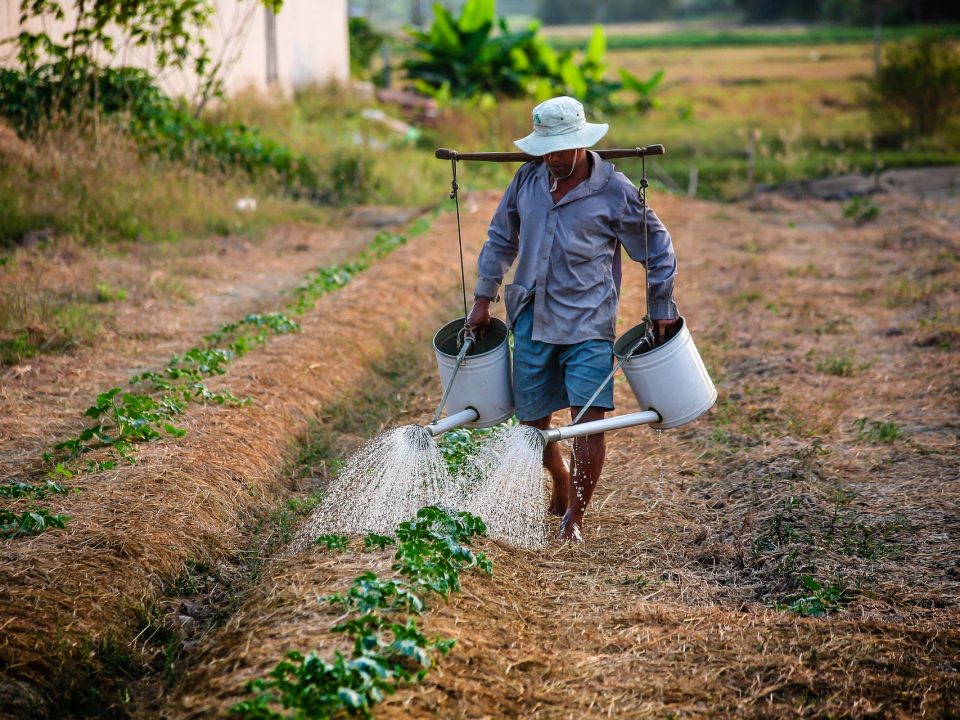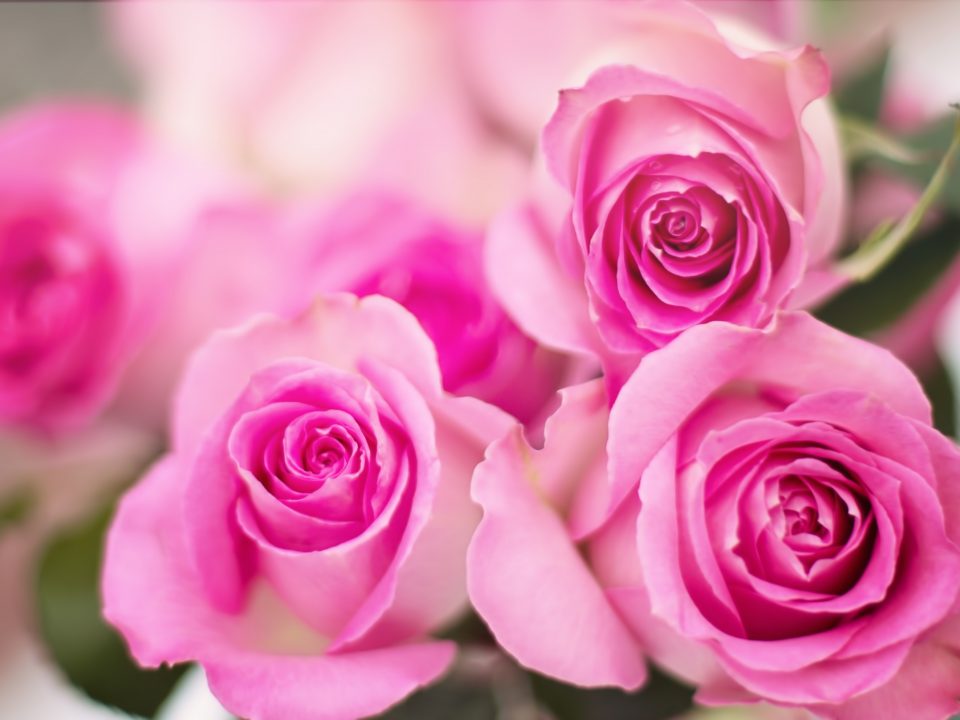Sexual reproduction in plants

Homemade compost – anyone can
May 15, 2018
Mechanisms of protection in plants
May 30, 2018Sexual reproduction in plants
The flower is the reproductive organ of the plant. It usually contains male organs (pollen containing pollen containing sperm) and female organs (an ovary containing eggs, from which leaves a leaf and a scar in the head). After fertilization, ovulation with the eggs develops into fruit with seeds.
This process, known to us from many ornamental plants, belongs to the large and widespread group of plants called “semen-covered” plants. These are plants with flowers, whose seeds are packed and sealed in fruit tissues, such as orange and apple. It is an evolutionarily young group. Its prominent representatives appeared only about 123 million years ago (the Cretaceous era), and became the most common and diverse group about 85 million years ago. Their success stems from the nature of their reproductive system, which includes, as stated, the flower and the fruit.
The development of the various flowers allowed for the first time in evolution the efficient and accurate transfer of pollen (sperm) by insects and other animals from one plant to another. This is a process of great importance in plants, which are mostly rooted, immobile, and devoid of behavior. Transferring the pollen between the plants allows for crossbreeding and essentially the “genetic cards” and the creation of genetic diversity. This diversity has created new genetic species with adaptations to a variety of habitats that have spread to new places.
The flower is basically made up of leafy limbs. The bud of the flower differs from the leaves’ sprouts in a certain growth and the activity of the bud Amiri for a certain period of time. The leaves are characterized by indeterminate growth that can last for a long period of time. In the primitive flowers, the flower organs are arranged along the flower axis in a single thread, like in magnolia. On the other hand, with more elaborate flowers, the flower organs are organized in pairs as in the color. At the same time, there is no bud in the bosom of the flower leaves, as in the bosom of leaves along the stem. The differentiation of the bud into leaf or flower is subject to genetic, chemical and environmental control. Depending on the plant’s reaction to different environmental conditions (ie, what stimulation they need to change the direction of differentiation), distinguish between long night plants (short day plants) and short night plants (long day plants) and plants that are indifferent throughout the night. The entire reaction is known as photoprodism.
In Magnolia, which is considered a keduma, the flower bed is long and conical, and the flower parts are large and numerous. Most of the flowers are considered to be more developed, with the flower axis shortened, its joints dense, and the number of flower organs (sepals, crowns, struggles and ovarian leaves) is significantly reduced. In a typical flower there are four types of organs whose function has changed. Although not always find them all in the flower but their order from the outside in fixed. An extreme example of a flower in which some of the organs are missing is the carob tree, which lacks sepals and crowns, and only the genitals have been preserved.
The four organs of the flower:
(1) The calyx (sepals) forming the cup (calyx) constitute the outer generation of the flower casing. Grape leaves are usually green and resemble regular leaves, they protect the inner parts of the flower.
(2) Petals build together the title (Corolla). These are usually colored leaves that advertise the flower and attract insects or other animals. Many flowers have evolved in the title of cloves that secrete nectar that is used to reward food for insects and other visiting animals. Many petals have models (punctuation, misses or spots) that direct the insects to the location of the codes or area of the pollen (which are sometimes also a source of food). A distinction is made between the header of the joint that is formed by the fusion of the single petals at the edges (eg, rope) and a separated title (eg rose). The title is correct when the petals are the same and the flower has circular symmetry (eg, adenium). The irregular title is when there are differences between the different petals in form, size and position, and the flower has only one symmetry plane (for example, a fragrant patina). The differences in the title between the various plant species evolved in parallel evolution to the development of different pollinating animals (mainly insects). In general, the number of petals is usually the same as the number of cups and their position – alternately with the cup leaves.
(3) Stamens – which form the organ in which the male sex cells are formed and from which they disperse during pollination.
(4) Carpels – the organ in which the female sex cells form and then develop into the whole or part of the fruit.
All four flower organs are connected in a fixed order on the flower axis, known as the receptacle. Part of the stem that connects the flower substrate to the plant is known as the pedicel.
Inflorescences
Along with the evolutionary trend to reduce and simplify the structure of the flower, the semen appears to have a tendency to group the flowers into various forms of inflorescence – for example, the scalp in the complex family, the awning in the family of the succes or the oatmeal in all these examples. In some of the inflorescences, there is a division of labor between flower groups in different locations, such as fruitless flowers at the edges of a round inflorescence that play a role in attracting pollinators, such as in leafy Moran or hydrangea. And like the flowers in the head, the inflorescence of frivolous rescuers.
Pollination
The pollen grains do not reach the eggs directly, but are captured by a scar – a special organ that forms and develops from the ovary leaves. The transfer of pollen grains from the struggle to the scar is called “pollination.” Most semeners are mutually polluting, but self-pollination is not uncommon. It is a relatively safe route, compared to pollinating insects or other animals. Pollination or self-fertilization is common in certain habitats, annuals, or certain types of trees such as Aesculus. This breeding model is also found in invasive plants or pioneer plants. In this case, a single plant is enough to create an entire population.
However, many species have developed a physiological or morphological mechanism that is essentially a complete prevention of self-pollination through self-sterility or hereditary self-incompatibility. Other plants have a preference for foreign pollen (from other plants) but in the absence of foreign pollen, there is a self pollen (of the same plant)
Pollination is carried out through insects, other animals (bats, birds, mice), wind or water. The most common pollinators are insects from the Daborn family.
Wind pollination is common in many species of trees and is accompanied by the production of large amounts of pollen and the formation of scars with a very large surface area such as branched or multiple lashes. Other herbivorous groups of pollinating plants are the pelicans and pelicans.
Fertilization
The fertilization process begins by germination of the powder granule on the scar. A condition for germination is the reality of the sticky scar fluid – a watery solution of sugars and other substances – that causes an almost instantaneous break of the inner wall of the powder granule through the germination opening of the powder granule. The breakout, initially shaped only by a protrusion, quickly becomes a nachon that enters the scar cells and grows down into the top of the leaf. The live content of the powder granule flows into the nipple toward the oocytes, while the sides of the empty powder grain remain glued to the scar.
When the snake reaches the egg cell, it enters it. When it reaches the embryo sac – the tip of the powder breaks down at the end and releases two nuclei. One of them merges with the nucleus of the egg and then develops into the embryo’s body, and the other merges with the nucleus of the embryo sac, which then becomes an endosperm tissue. This process is unique to sperm and is defined as double fertilization.
Reproduction of virginity (Apomixis)
Some plants also have another process: virgin reproduction. This is non-sexual reproduction in which seeds are created not as products of sexual reproduction, but in the formation of an embryo from an undifferentiated egg – as in many citrus species. This process is of great importance in multiplying cultured plants in which we wish to preserve the traits of the mother plant. In many cases, the process begins with external stimulation, such as pollination, but it is only a stimulus to start the process.
The fruit
After the fruit is successfully fertilized, you can see it with artificial pollination, which will be done with ornamental plants. The title falls off and the ovulation grows and develops. The fruit is formed from the ovary and sometimes from other parts of the flower. The creation of protected seeds in fruit tissue allows protection in the first stage, and in the second stage, different distribution methods. (Such as plum and pear) to thorny fruits caught in animal fur (and in our stockings) (eg carrots) and winged fruit flying and distributed in the wind (for example, the vader wing).
One of the plant families with the largest variety of fruits is the rose family, which includes the cherry, hawthorn, apple, almond, strawberry, rose and more






